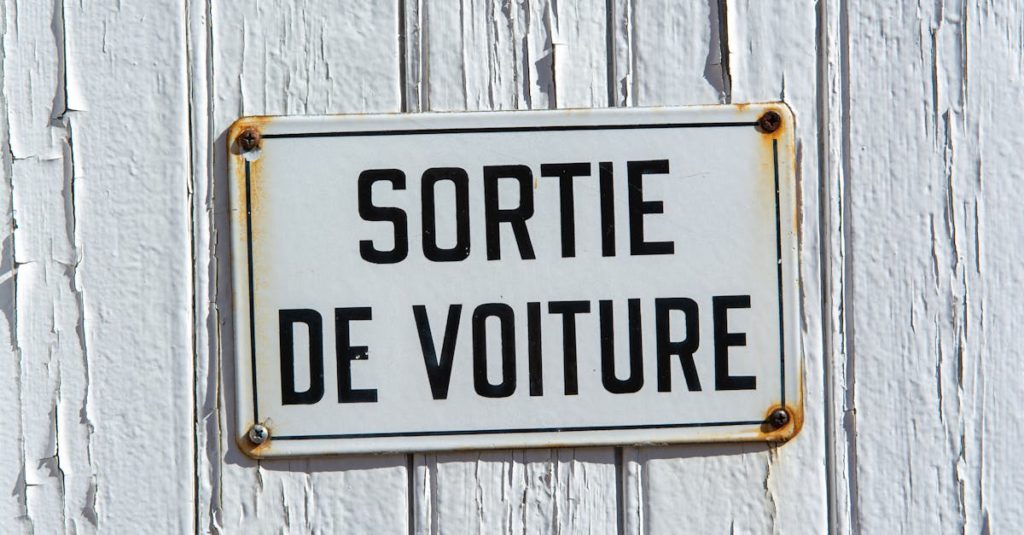In the year 2000, Beirut was hit by a devastating port explosion. Initial reports indicated that the fire in a warehouse that sold firecrackers was the cause of the explosion. The warehouse however is minutes from Beirut’s shopping and nightlife areas. Just hours before the blast the warehouse was being maintained at the warehouse’s door. However, there was no immediate way to know for certain what caused the fire.
The Li Beirut region of UNESCO Li Beirut
The UNESCO Li Beirut program mobilizes all of the world’s community while Beirut attempts to rebuild. It is seeking to bring in half a million dollars for the reconstruction and maintenance of cultural assets in the region. In September, the group will organize a fundraiser in order to raise funds for this project. The mayor of Beirut will promise to stop any speculation in property or transactions which exploit the vulnerability of residents during the conference.
Private museums that are privately owned have closed their doors, including those of the Robert Mouawad Private Museum as well as the Villa Audi Mosaic Museum. While it is true that the National Museum suffered most of the damages, the museum’s exhibits and artifacts did not suffer damage. In the American University of Beirut, for instance, lost a showcase of old glass artifacts. The museum’s Facebook page published videos of the lifting and salvage process. Blue Shield volunteers helped to take care of damaged artifacts.
Lebanese Red Cross
The Lebanese Red Cross provided free assistance to residents most in need after the terrible explosion. From emergency services and blood transfusions to basic health care, the Red Cross has been providing aid to more than 28,000 individuals. The Red Cross’s primary mission has been offering independent human aid for more than 75 years. The organization is committed to delivering its aid according to the needs, regardless the race, religion or gender.
Since late last year the economy of the nation is in decline. The country was close to entering lockdown to stop the spreading of the virus. Cultural heritage that is rich that includes history and cultural heritage, which is a vital resource for the country, which was further hampered by the loss of the port.
ALIPH
The effort to rescue Beirut’s Cultural and Architectural Heritage Two years after the Port Explosion began with the goal of securing funding for a cultural project. Furthermore, the organisation has funded four projects to help stabilize damaged buildings. They included temporary roofing as well as the shoring of 40 historical buildings. This includes residential homes with patrician homes and two historic palaces.
In a string of reports, the explosion may have been due to an unattended fire in a building where there were the use of firecrackers. This warehouse is located just 20 minutes from the center of Beirut’s shopping and nightlife districts. A few hours prior to the attack, warehouse maintenance was executed at the door of Warehouse 12. This failure to comply with guidelines and restore the heritage property could be attributable to the state.
UNESCO
UNESCO is assisting the Directorate General of Antiquities and the protection of built heritage in addition to focusing on creative industries. It was the Port Explosion destroyed 800 artistic and cultural companies in neighborhoods surrounding the port, and 50 % of them shut down. The majority of businesses are not planning on resuming operations in the meantime as Lebanon recuperates from the ravaging. It is their goal to secure the survival of such businesses.
An international alliance of museums organizes cultural-first assistance to Beirut’s ruined institutions. In August 11 a letter of solidarity was signed by 27 organizations which included UNESCO The World Monuments Fund, and the National Museum of China, promising to support a full recovery of the city. These efforts are producing results.
This content is contributed by Guestomatic





